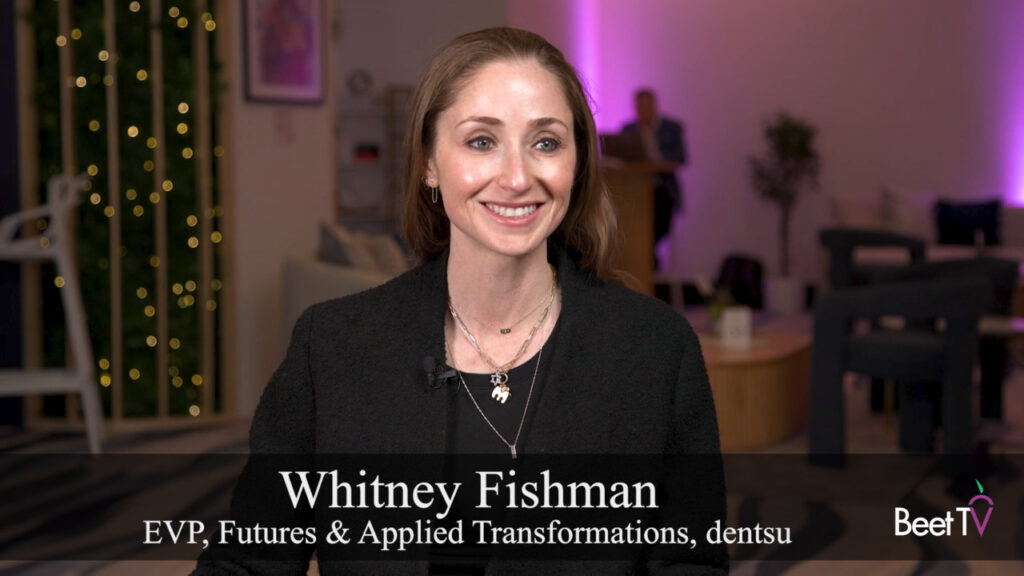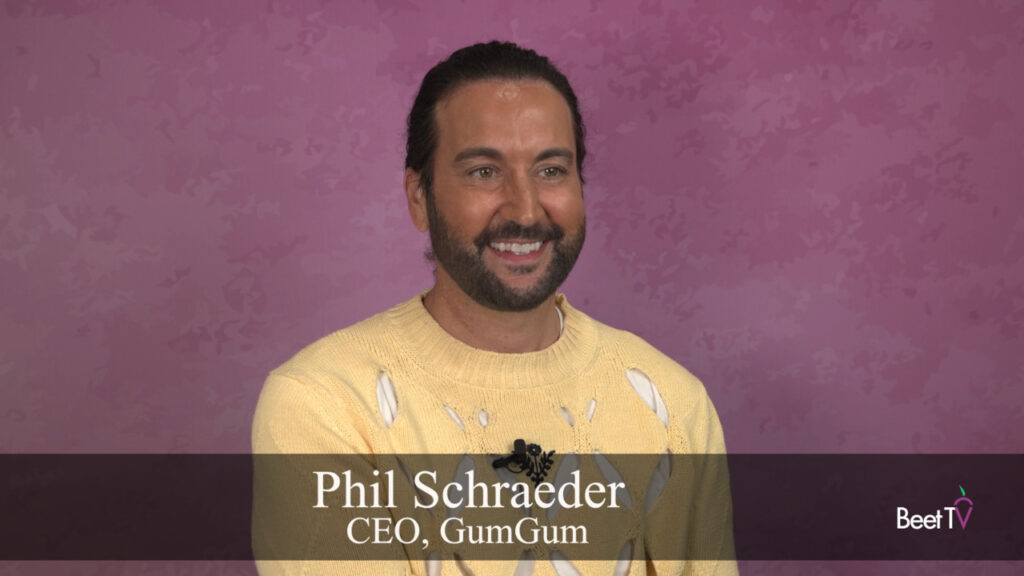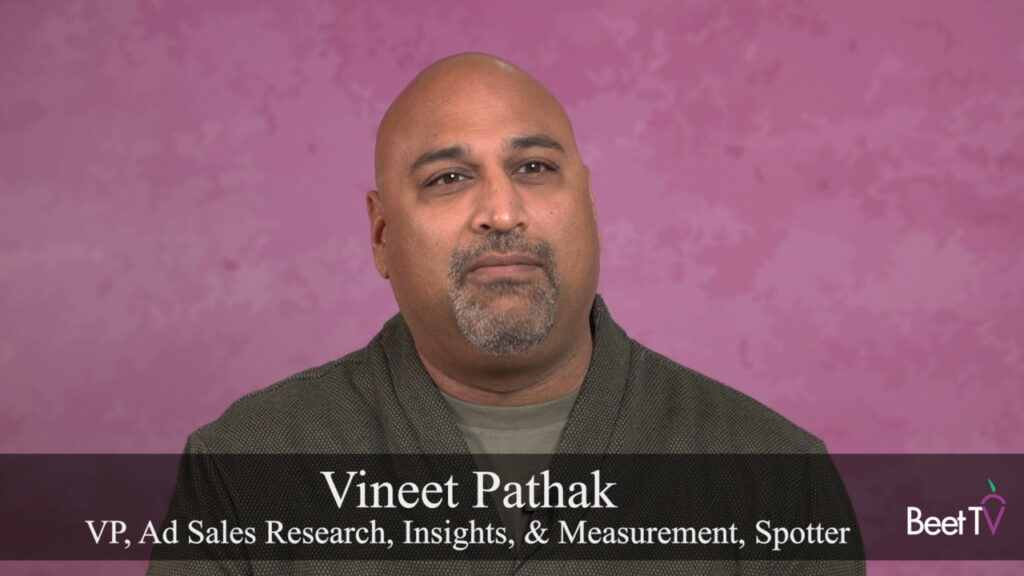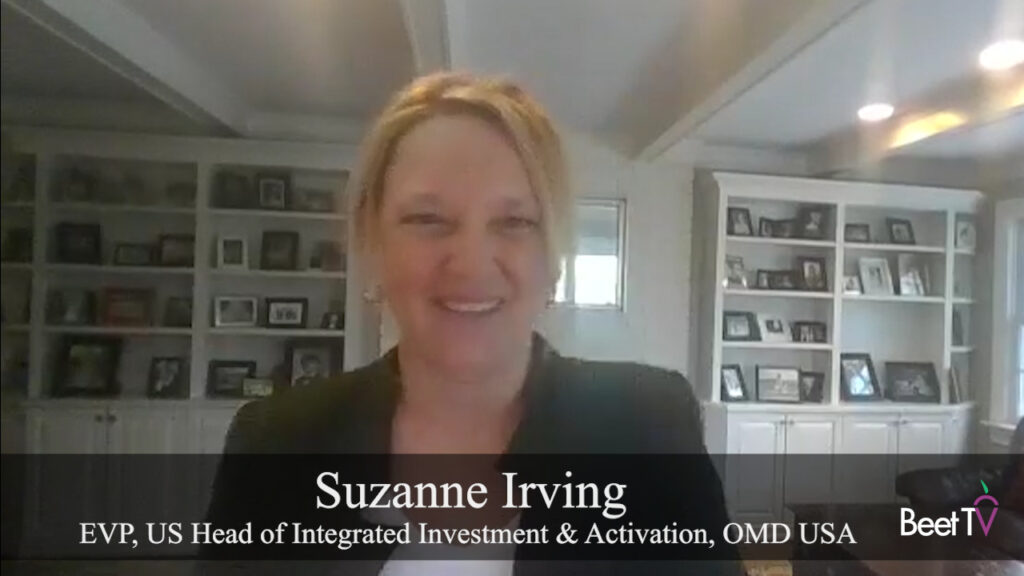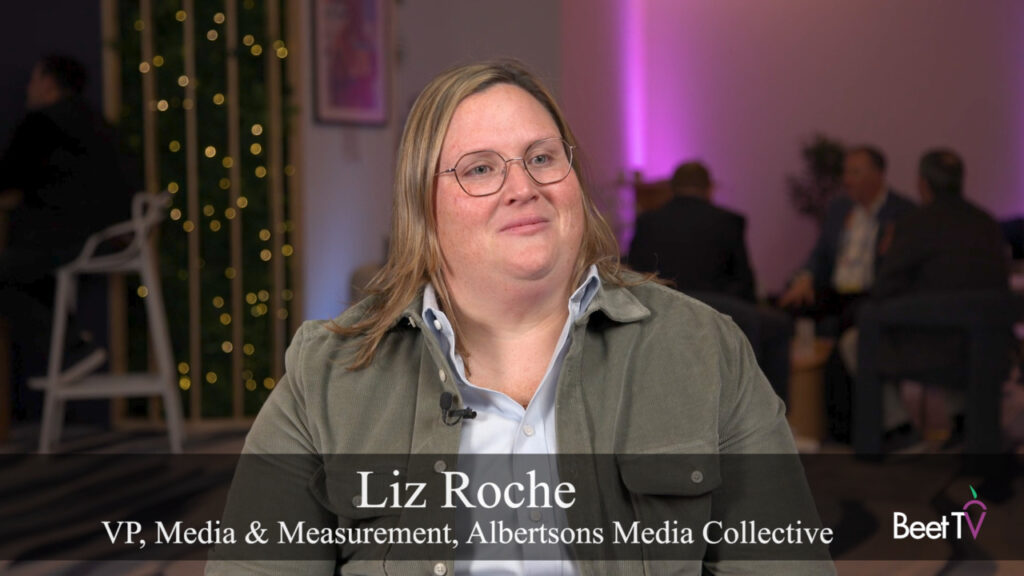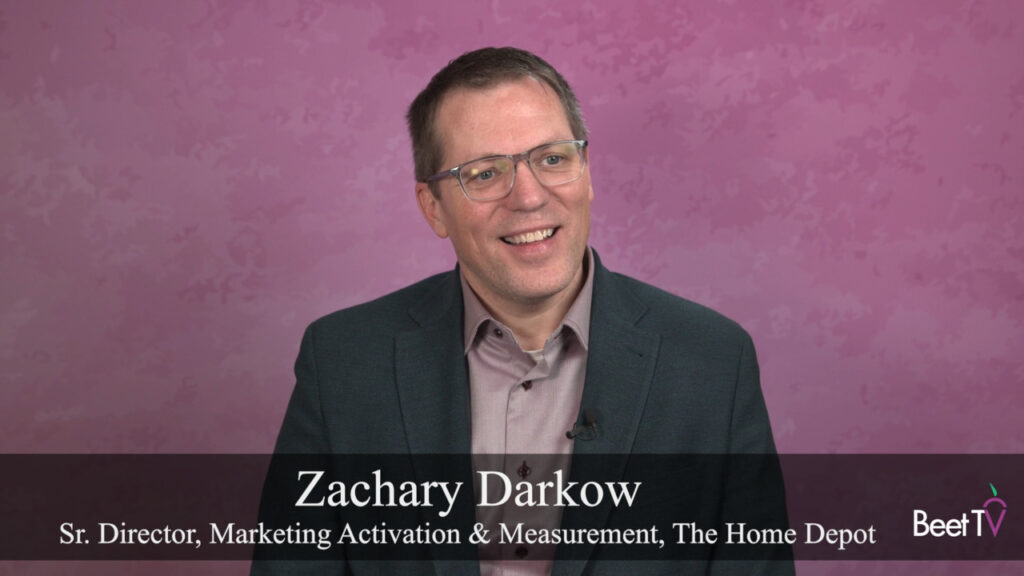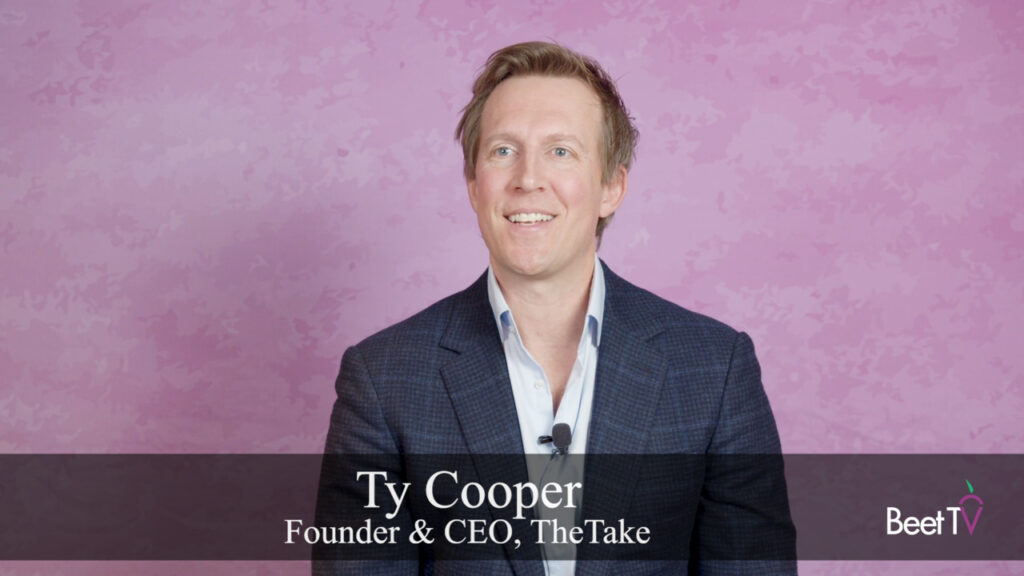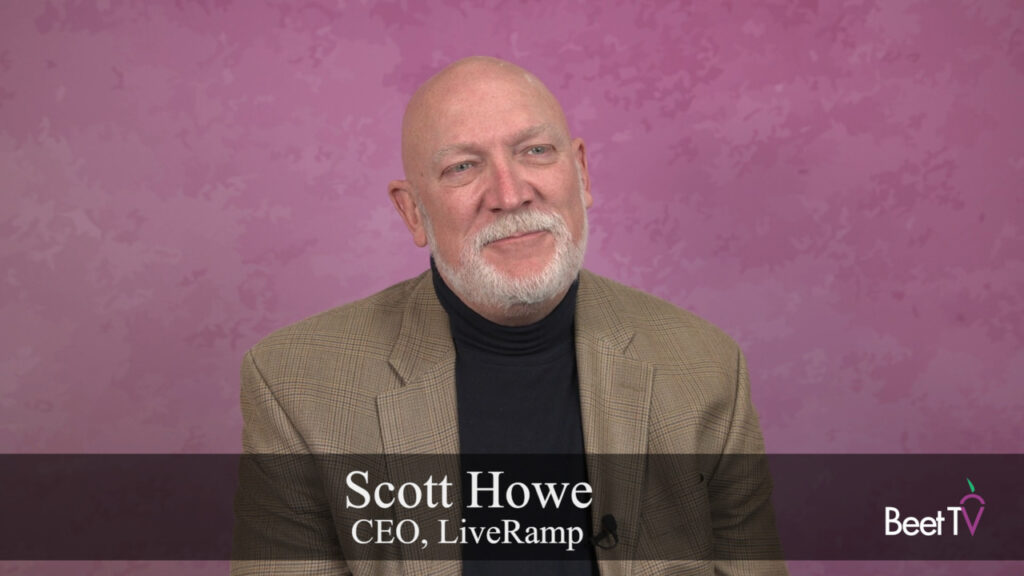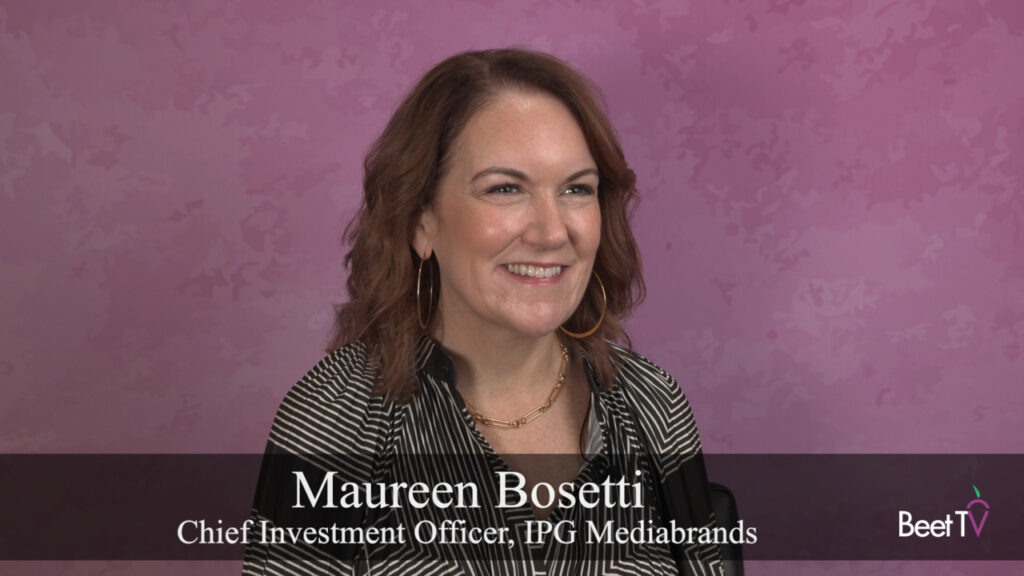WASHINGTON, D.C.-To make sure its programmatic prowess was up to the task, Intermarkets, whose publishing portfolio includes The Drudge Report and The Political Insider, started “a lot of the hard work for 2016 at the end of 2014,” according to VP of Sales & Programmatic Strategy Erik Requidan. Since then, Intermarkets has executed lots of private marketplace deals and is now seeing healthy double-digit premium CPM’s.
The political cycle of 2014 “was the sort of the battle ground to lay out bigger plans for the months to come,” said Requidan, who was interviewed earlier this month at the Beet.TV summit on politics and advertising. Work included making sure “the pipework was set up correctly” and that there were no restrictions on flow, then being able to “appropriately evangelize supply.”
Asked to weigh the time and effort of private marketplace deals with the return on investment for political advertisers, Requidan said the key is that if the payoff isn’t sufficient, buyers pull back. “What we’ve been seeing is that they’ve actually increased spend on guarantees,” he said.
Of note is the importance in this election cycle of banners and videos, which haven’t been traditionally good fundraising tools for the early stages of the primaries. “But that’s been different this year, as they’ve actually performed very well,” Requidan explained.
Having moved out of “sort of the performance” side of political advertising and more into objectives like persuasion, getting out the vote, name recognition and turnout, “That’s where you now start to see a lot of the premium CPMs come out,” Requidan said.
Data and targeting are typically important early in the election cycle, accompanied by significantly higher CPMs but in small pockets to reach very specific targets. “But now you have an increase in scale over premium price points and it leads to much larger spends,” Requidan said.
He’s seen cross-channel advertising tactics improve as media companies and publishers work to better enable buyers to use their own data in real time. One example is the de-siloing of channels like display, email, search. “It’s been very exciting to see where the tech and the data come together to reach their targets,” said Requidan said.
Looking beyond 2016, he foresees the emergence of advertising content akin to native ads, wherein it’s less about pure performance and more about communicating complex messages from candidates. This is where “You will see a lot more campaigns focus their energy and time,” said Requidan.
You are watching videos from the Beet.TV politics and advertising summit presented by OpenX along with Intermarkets. Please find additional videos from the series here.






